Before proceeding further, I would like to extend a way, way overdue thank you to Mar Newman, G’veret Wiseboard, Rabbi Feder, and other teachers I had at Talmud Torah back in the late 50’s and early 60’s who, despite my best efforts, were able to provide me with enough Hebrew fundamentals to allow me to communicate fifty plus years later with Israelis on their home turf. Todah Rabah.
Having pronounced on the unique aspects of Tel Aviv in our previous post, this time the story will focus on commonalities shared with other cities in the modern world. Nomi arranged a last minute tour for Lori and I to experience architectural elements of the city. We keep trying to trip her up with unusual requests, giving her virtually no time to arrange them but, despite our best efforts, she continues to come through. Yossi Goldberg, with a background in architectural studies, accompanied us on a three hour tour through central Tel Aviv, which is home to four thousand such edifices. There is apparently more going on here than beachfront hotels andDizengoff Square. In reality Tel Aviv is the host to more buildings constructed in the International Style than any other city in the world. While mostly unfamiliar with Bauhaus School and the International style, certain elements repeated in many of the buildings were intriguing to us. As an architectural style borne out of post WWI Europe, the design was based on pragmatism, simplicity, a dearth of decorative elements and inexpensive construction material. Concrete and steel formed the basis of the buildings which featured narrow strips of exterior fenestration called Ribbon Windows.

These were vertical thin strips of mullioned glass that rose the height of the building. Less than a meter wide but as many as ten meters high, they were know as Thermometer Windows for obvious reason.
They produced a pragmatic approach to a pre-air conditioning era. The general design, which emanated from mainland Europe, was modified by Israeli architects to allow for balconies which extended from the facades of the units to provide an exterior portion for the home. Each balcony was built directly above the one below, bringing Paul Simon’s view that one man’s ceiling is another man’s floor into reality many year’s prior to Kodachrome’s release. The balconies became a social scene in the evenings as families gathered to discuss the day’s events, politics, and local gossip, akin to the days of ‘Balconville’ in earlier Montreal history.
Pleasant to look at and utilitarian in service, there seemed to be no style that more accurately reflected the mindset of the early settlers of Palestine. It provided a no nonsense, get-it-done as quickly and inexpensively as possible approach. If any mantra could be applied to the pre-independence years of Israel this would be it. Today, the buildings are referred to as The White City of Tel Aviv and are recognized as a World Heritage site.
Sarona, the Templers Area in the centre of Tel Aviv, was a mini European enclave built by the German immigrants at the beginning of the 20th century who wanted to see the Second Coming up close and personal. The single or twin storey red brick buildings with large court yards are dramatically out of context in Tel Aviv and have a varied history.

With many of the citizenry opting for loyalty to Hitler as he rose to power (Yossi showed us a great picture of the swatstika flag flying over the main building), the British Mandate encircled the area in barbed wire, deported the most vociferous upstarts to Australia and thus ended the German occupation of Israel. The area’s subsequent incarnations included a central HQ for the British soldiers, an office complex for Israeli intelligence and now, after narrowly evading the demolition ball, the area was reborn last year as a mini outdoor mall featuring Apple stores, fashion, home appliance entities and art galleries. It looks as if Sarona has finally found its long term use.
Amongst other educators in my life, aside from the teachers at UTT, the Pythons would have to count. As Mr. Cleese was wont to say -“And now for something completely different”.
Having been a fan, a proponent and a sponsor of Urban Art (sounds better than Grafitti, no?) Lori and I, again through the auspices of Miss Nomi, found ourselves traipsing in the light rain through a ramshackle industrial area of Tel Aviv, slated for demolition and urban renewal, probably in the worst possible way. A delightful local street artist, Tai, supplemented what was obviously a subsistence income, by offering tours of the back alleys and underutilized sectors of what otherwise is a boom town.
We received insight as to the issues facing the artists ( frustration with government policies, a lack of affordable housing, and mostly a desire to have a voice) and found them to be totally juxtaposed with the issues facing Montreal street artists as well as those in other cities that we have visited.
The talent levels range from scrappy and immediate, more intent in delivering the message,
to stencilled work
to nothing less than works of art on outdoor walls.
The artists we were told about were described as kind, intelligent, sensitive and mostly but not exclusively young. A great level of respect for each other was evident and more importantly, the middle and lower middle income denizens of the neighbourhood, who may have little to no artistic interests or aspirations by and large support and celebrate the uniqueness of character and the energy brought to the neighbourhood. The messages are very different. One mural celebrates the untimely passing of the Forever Twenty-Seven group of musicians,
the assassination of Yitzhak Rabin
and gender equality issues. May there always be a place in every city worthy of the terms ‘cultural’ or ‘great’ to provide concrete canvases to those with talent but without a voice.
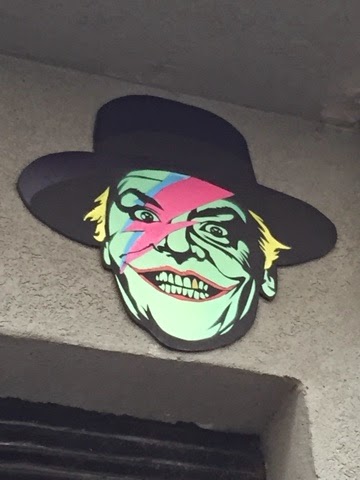



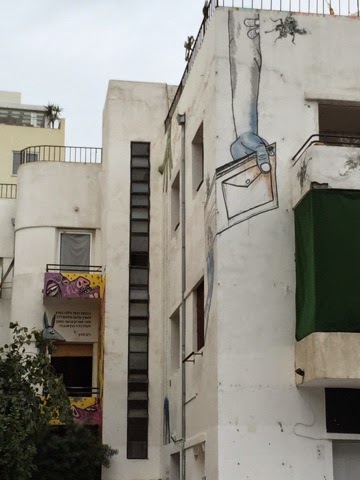
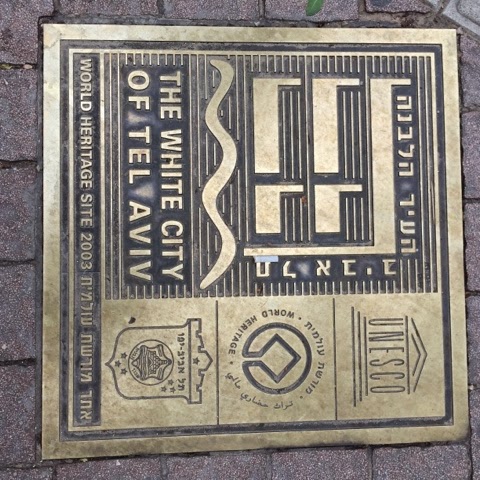


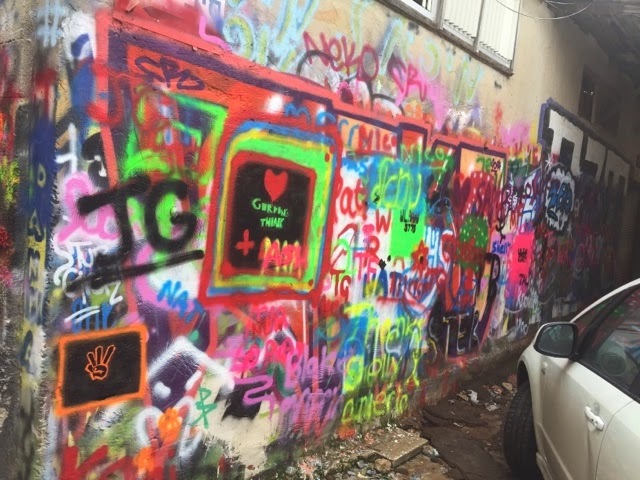
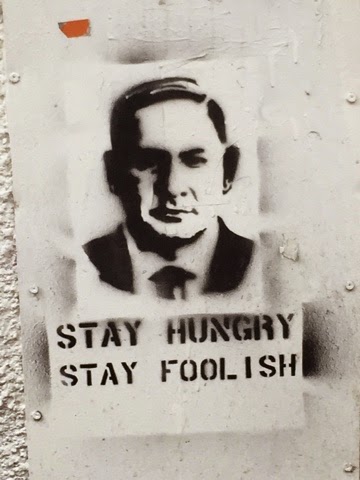
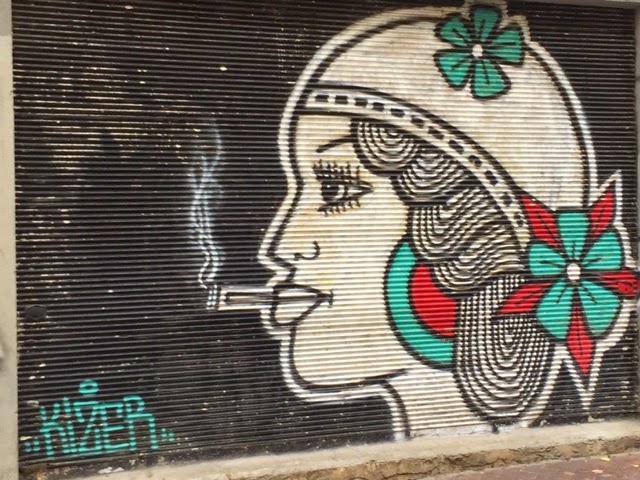
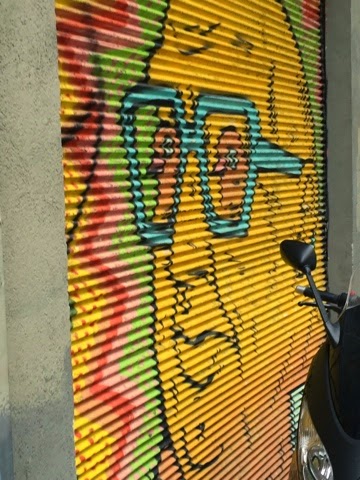
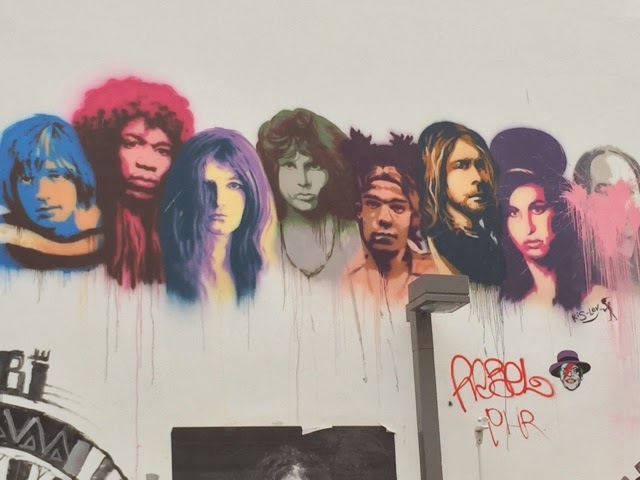
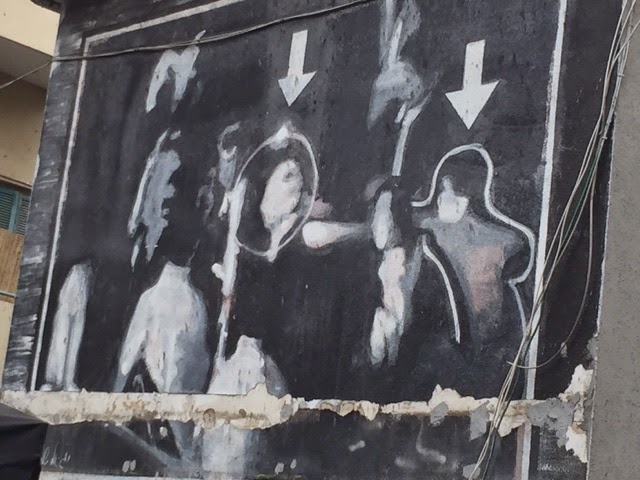
No Comments